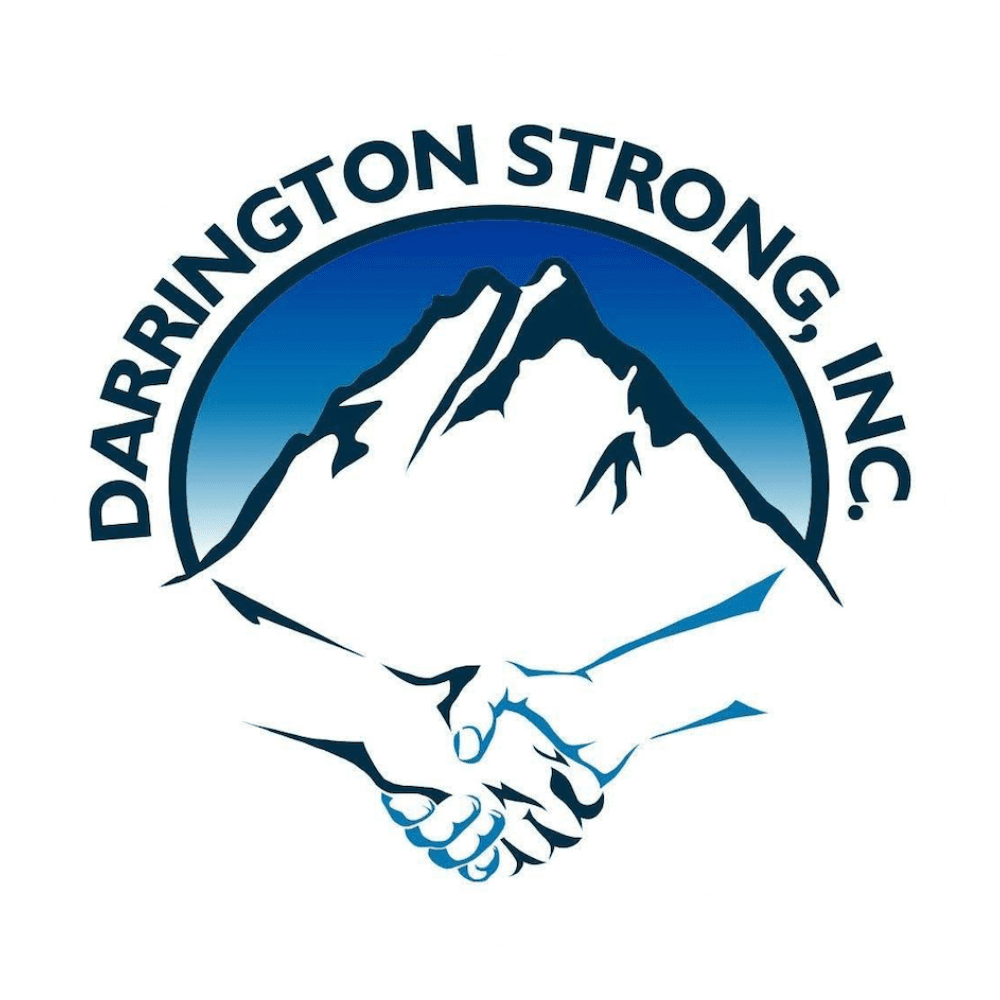The Community Center was filled with folks from the Darrington area and beyond, Jan. 21, to hear updates regarding the status of a variety of projects that are currently under way. The primary purpose of this meeting was to update attendees regarding the current status of the effort to pave the remainder of the Mountain Loop Highway (Finish the Loop Proposal) and the Mountain Loop Highway Stewardship project and to summarize the status of other projects being pursued by Darrington Strong, Darrington Renewal Project, and Darrington Area Resource Advocates.
Judy Pendergrass, representative from WSU, introduced Nels Rasmussen who spoke on Darrington Strong and the efforts of the group to bring tourism and recreation opportunities, among other ideas, to the Darrington area. Several committees have been formed including Friends For Public Use, Friends of North Mountain and the Darrington Area Resource Advocates under the umbrella of Darrington Strong. Martha Rasmussen spoke on the continuing work of Friends For Public Use and their efforts cleaning debris and doing maintenance work on local roads and trails. Val Peppinger spoke on the Darrington Renewal Project and their efforts to establish a Farmers Market and other projects. Amy Lucas, Snohomish County Planning and Development Services, spoke on the inclusion of Darrington in the yearly Eagle Festival.
Judy then introduced Kevin Ashe to begin the program and give detail on the efforts of DARA to get the 14 mile unpaved portion of the Mountain Loop Highway finished.
The Mountain Loop Highway, Forest Road #20, was constructed by the Civilian Conservation Corps back in 1941. The road, known for its breathtaking views and access to some of the most sought after recreation in the state, has 14 miles of unpaved road requiring high maintenance by the Forest Service and is now facing severe budget cuts. Once the Mountain Loop Highway is paved, the intention is that Snohomish County would take over the jurisdiction for the road. It is believed that paving the remaining 14 miles of road will secure a longer season for recreation, improve law enforcement and increase recreational generated revenues both locally as well as for Snohomish County and the State. In 1975, the Federal Highways Administration (FHA) published an Environmental Impact Statement (EIS) which proposed completion of a paved 2 lane scenic highway from Barlow Pass to Darrington. In 1986, the segment from Darrington to the Whitechuck River was paved. In the 1990’s, FHA was ready to prepare an EIS to address paving the remaining 14 miles of gravel highway. This project was abandoned when the Forest Service, FHA and Snohomish County decided not to proceed with the work due to lack of broad based and active support.
The Mountain Loop Highway provides a unique loop drive opportunity to residents of Snohomish County and the rest of Washington state, that can be driven in a day from many locations within the Puget Sound Area. Walt Dortch presented a slide show outlining the advantages of completing the paving project along with the disadvantages of non paving. The gravel part of the Mountain Loop Highway becomes a dusty, pothole filled road making the drive a deterrent to visitors living in Washington state and the U.S. as a whole. Paving would bring year long recreational opportunities. Paving the gravel segment of the Mountain Loop would also significantly improve the capability of the road to provide a safe and accessible alternative route to passenger type vehicles and emergency vehicles into and out of Darrington, Silverton and other communities.
Based on the Contract awarded to pave the Middle Fork Snoqualmie Road, it is estimated that it will cost $22 Million to pave the 14 mile gravel segment of the MLH. FHA can provide up to 86.5% of the funding for the project, the remaining 13.5% must come from “matching” non-federal funds. According Runyan data, published in the 2010 Snohomish County Tourism Plan, an average vehicle full of visitors that stays overnight in Washington spends an average of $716 per trip, while visitors who do not stay overnight contribute $222 to the local economy.
DARA continues to pursue building a case for the project and the communities that would benefit from paving the 14 mile stretch of the Mountain Loop Highway. Millions of visitors would have a world class destination that would benefit Snohomish County and Washington State.
It is hoped this time to create an active constituency of local governments, Federal and State Representatives and Snohomish County Officials and interest groups who will step up when it counts at meetings or other venues and urge the project to go forward.
Dan Rankin, Mayor of Darrington, pointed out the representation in the room of the many organizations in Darrington that have taken on different projects around town including the community garden, drug awareness, Skate Darrington, Grange, Bluegrass Association, Whitehorse Trails and many others. Council member Fred Cruger, from Granite Falls expressed the fact that all the communities along the Mountain Loop Highway will benefit from the paving.
Walt encouraged everyone in the room to leave their email addresses so when an important event arises, an email can be sent out to encourage participation.
Kevin Ashe, co-owner of the IGA, explained “We are looking for diversity in Darrington instead of relying on one industry. In the 90s’, Darrington had a strong economy but times have changed.”
The meeting was sponsored by Darrington Strong, Darrington Renewal Project, Darrington Area Resource Advocates, River Resources Trust, and WSU.

 by Heart Light Digital
by Heart Light Digital